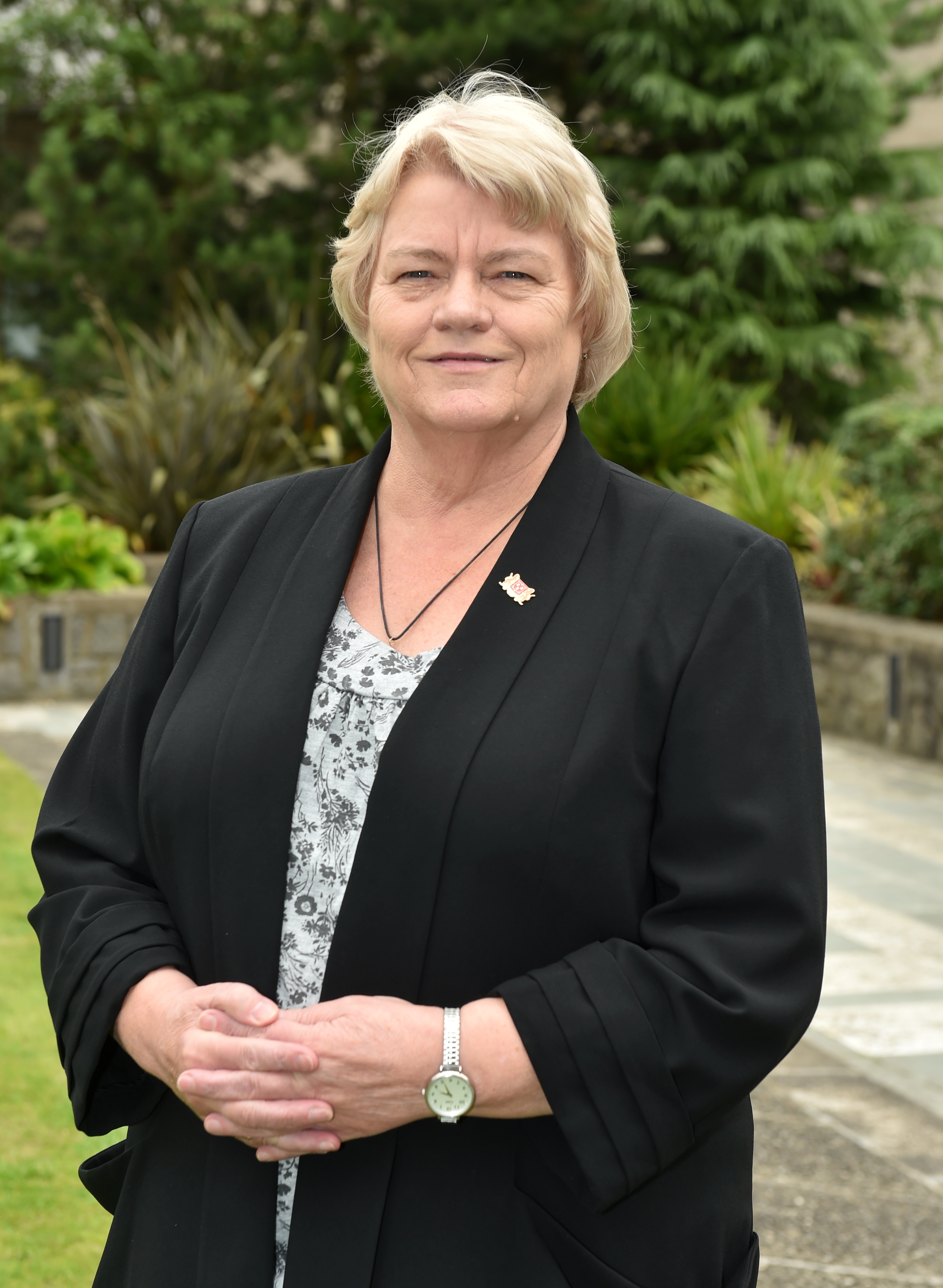
On the east coast of the US, there is a hive of offshore wind activity.
Rhode Island became home to the first US offshore wind project three years ago with the installation of the 30 MW Block Island Wind Farm.
Meanwhile, Massachusetts approved the first commercial-scale wind farm along its coastline, with the potential to power nearly 400,000 homes and New Jersey authorised 1,100 MW of offshore wind capacity in the largest single-state offshore wind solicitation, paired with a commitment to 3,500 MW by 2030.
Also, New York called for quadrupling its offshore wind goals to 9,000 MW by 2035 and received an unprecedented response to its inaugural solicitation for 800 MW or more of offshore wind. And that’s all within the last 12 months.
However, as many head to Offshore Technology Conference (OTC) this month, it was interesting to read headlines from the Texas media and Energy Voice stating offshore wind projects are unlikely to get under way off the Gulf Coast for another decade.
Despite the attractive surroundings, the thinking is that prices for electricity are currently so cheap there is no sense of urgency to invest heavily in offshore renewables projects. It won’t be until power prices rise substantially that projects will finally get moving – although there are plans to start powering oil rigs with wind-powered systems in the Gulf of Mexico.
The previously stagnated progress in the US has led to the lack of an established supply chain in the country and Scottish companies have a real opportunity to take full advantage of the growing export opportunities in the sector.
AREG is well placed to open doors in international markets.
Last year, we signed a Memorandum of Understanding (MoU) with The Business Network for Offshore Wind (the Network) in the US to pursue mutual commercial, strategic and policy interests in promoting the offshore wind industry in the US and the UK.
We are working together to develop strategies, share access to government and business leaders in the US and UK, advocate for international partnerships, and shape future offshore wind policy in both countries.
A few weeks ago, we were a cooperating partner at the Network’s International Partnering Forum (IPF), which is a leading technical conference for offshore wind in the US dedicated to moving the industry forward. It was encouraging to see so many Scottish companies involved.
The event brought together state, federal and international leaders alongside industry experts. Many in attendance were from traditional oil and gas operators, which demonstrates the focus of the sector on the energy transition.
Our MoU with the Network as well as our participation in The Europe Leading Blue Energy (ELBE) project, which seeks to position Europe as the world leader in blue energy, provides AREG members with platforms to share their skills and expertise around the world.
The third ELBE networking event takes place on May 21 in Gothenburg, Sweden and with an excellent programme in place, I would encourage our members to get involved.
AREG’s next event is going to explore opportunities through diversification. It will be held at the newly refurbished Music Hall on May 31 and registration is available on our website.
Recommended for you

